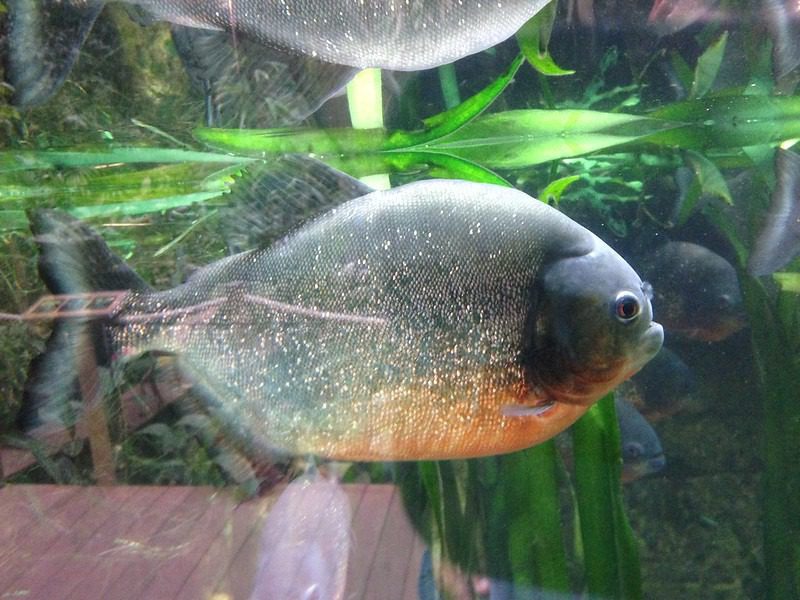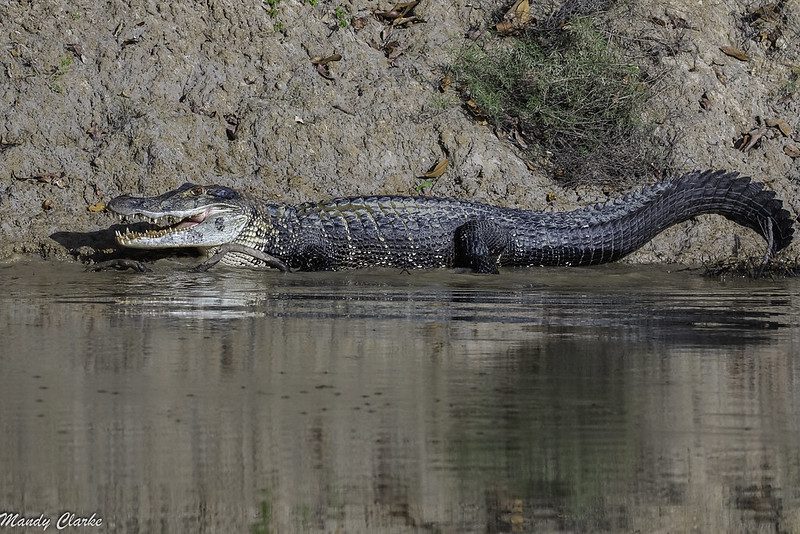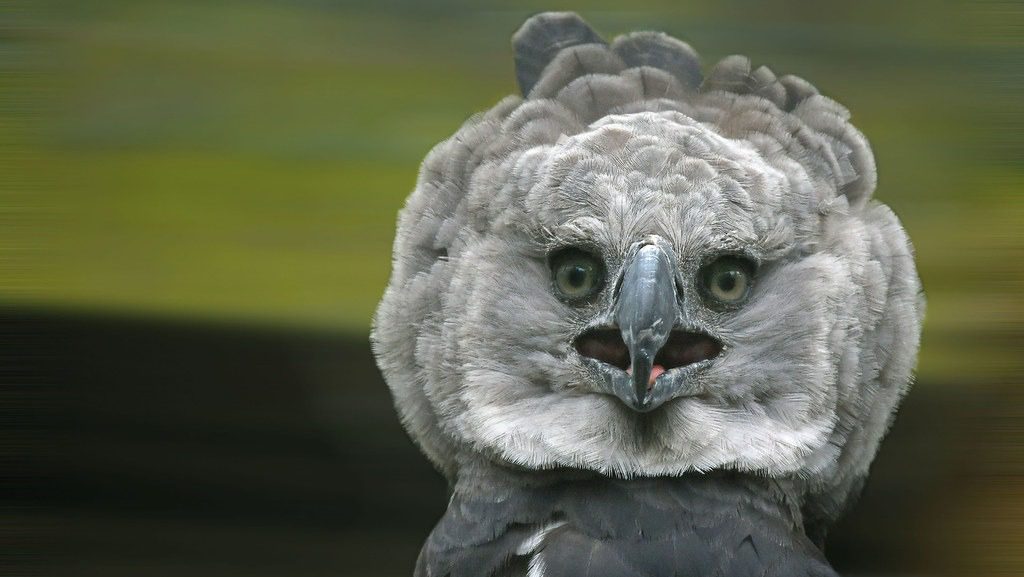The Payara, commonly referred to as the Vampire Fish, is one of the most fascinating and fearsome freshwater species on the planet. Recognized by its iconic, elongated fangs and powerful predatory behavior, the Payara has captivated the interest of aquarists, anglers, and ichthyologists alike.
This article dives deep into everything about the Payara—from what it is, where it lives, its behavior, danger level, aquarium keeping, and even how it’s represented in fishing video games. Read on for a full exploration of the ikan Payara vampire fish, covering both scientific facts and intriguing curiosities.
🔍 What Are Vampire Fish?
The Payara at a Glance
The Vampire Fish, or Payara (Hydrolycus scomberoides), is a carnivorous freshwater fish native to the Amazon Basin in South America. It earns its nickname from its two massive, saber-like fangs that can grow up to 6 inches long and protrude upward from the lower jaw. Despite its horror-movie moniker, the Vampire Fish is a naturally evolved predator and not a mythical creature.
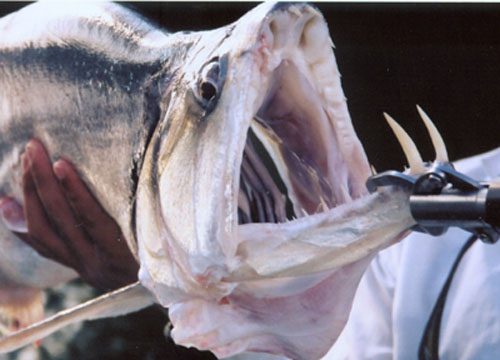
Fast Facts:
- Scientific Name: Hydrolycus scomberoides
- Common Name: Payara, Vampire Fish
- Habitat: Amazon and Orinoco river systems
- Size: Up to 4 feet (1.2 meters)
- Weight: Up to 35 pounds (16 kg)
- Diet: Carnivorous (primarily fish)
📍 Vampire Fish Location
Where Does the Payara Live?
Payara are native to the Amazon River, particularly within the Amazon Basin and the Orinoco River systems in South America. These fast-moving rivers are perfect for the Payara, which thrives in turbulent waters and strong currents.
Preferred Environments:
- Deep river channels
- Rapids and waterfalls
- Oxygen-rich, flowing water
Their natural habitat provides the ideal conditions for hunting other fish, using their speed and fangs to ambush prey.
🧛 Payara Vampire Fish Bite
How Dangerous is a Vampire Fish?
The Payara’s bite is one of its most distinctive features. Its two long fangs, often mistaken for tusks, are not just for show—they are highly functional hunting tools.
Bite Characteristics:
- Fangs can pierce armor-like fish scales
- Jaws close around prey to hold and immobilize
- Upper jaw has sockets to fit the fangs precisely
Despite its fearsome appearance, the Payara does not pose a significant threat to humans. It is extremely rare for a Vampire Fish to bite a person unless provoked or handled improperly.
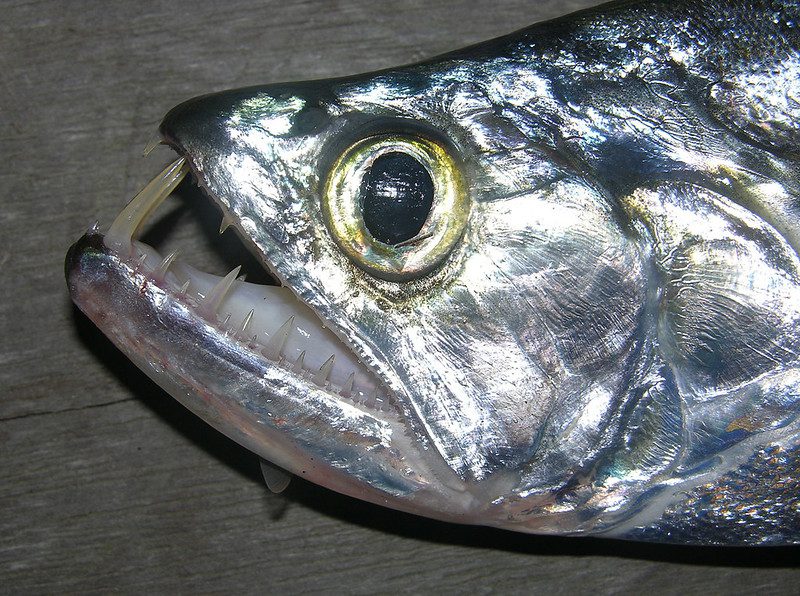
⚠️ Are Vampire Fish Dangerous?
To Humans or Only to Fish?
The Vampire Fish may look menacing, but it’s not considered dangerous to humans under normal circumstances. In the wild, these fish are shy and tend to avoid human interaction.
Danger Profile:
- ✔️ Dangerous to small fish and tank mates
- ❌ Not aggressive toward humans
- ⚠️ Caution needed in aquariums due to size and aggression
However, in captivity or during fishing, their strength and teeth can cause injuries if not handled carefully.
🛒 Payara Vampire Fish for Sale
Can You Keep a Vampire Fish in an Aquarium?
Due to its size, diet, and aggressive nature, the Payara vampire fish is not suitable for beginner aquarists. But for experienced enthusiasts with the right setup, it can be an extraordinary centerpiece species.
Aquarium Requirements:
- Tank Size: Minimum 500 gallons
- Water Temperature: 75–82°F (24–28°C)
- pH Range: 6.0–7.5
- Diet: Live fish, frozen fish, or high-protein meaty foods
Challenges:
- Aggression toward other fish
- Large space requirement
- Strict water quality needs
Payara vampire fish for sale are occasionally available through specialty exotic fish suppliers. Prices vary significantly based on size and availability.
🐟 Pyara Aquarium Vampire Fish
Tips for Keeping Payara in Captivity
Aquarium keeping of the Pyara aquarium vampire fish requires precision, patience, and preparation. These are not community fish and should ideally be kept alone or with other large, similarly aggressive species.
Best Practices:
- Use strong filtration systems to mimic river currents
- Avoid decorations with sharp edges—Payara swim fast and can injure themselves
- Feed regularly with live or fresh meat-based food
These fish are jumpers and should be housed in covered tanks. Their power and unpredictability make them an advanced-level aquarium inhabitant.
🐟 Ikan Payara Vampire Fish
The Southeast Asian Name and Cultural Curiosity
“Ikan Payara” (literally meaning “Payara fish” in Indonesian and Malay) reflects regional interest in exotic and rare species for public aquariums and hobbyists. In Southeast Asia, the Payara is admired for its unusual appearance and often featured in large-scale aquascapes.
Cultural Facts:
- Regarded as a trophy species in some exotic fish-keeping communities
- Sometimes confused with the African Tiger Fish due to similar predatory behavior
- Featured in aquarium exhibitions due to its stunning presence
The nickname “ikan Payara vampire fish” has gained traction in hobbyist circles, especially online.
🎮 Vampire Payara Fishing Planet
The Virtual Life of a Vampire Fish
In the popular game Fishing Planet, the Vampire Fish (often labeled as Vampire Payara) makes an appearance as a challenging and rewarding catch. This has introduced the species to a new audience of virtual anglers.
Game Highlights:
- High rarity and fight difficulty
- Requires specific lures and techniques to catch
- Used as a seasonal or event fish in some game modes
While not a substitute for the real-life thrill, catching a Vampire Payara in the game gives players a virtual glimpse into the experience of battling one of nature’s fiercest river hunters.
🧬 Evolutionary Adaptations of the Vampire Fish
Why Does It Have Such Large Fangs?
The Payara’s impressive fangs are not just an evolutionary quirk—they serve a real biological function. These long teeth help the fish:
- Stab and immobilize prey during high-speed chases
- Compete with other predators
- Intimidate potential rivals or threats
Scientists believe that these adaptations evolved due to the competitive nature of the Amazon River, where many fish species rely on speed and aggression for survival.
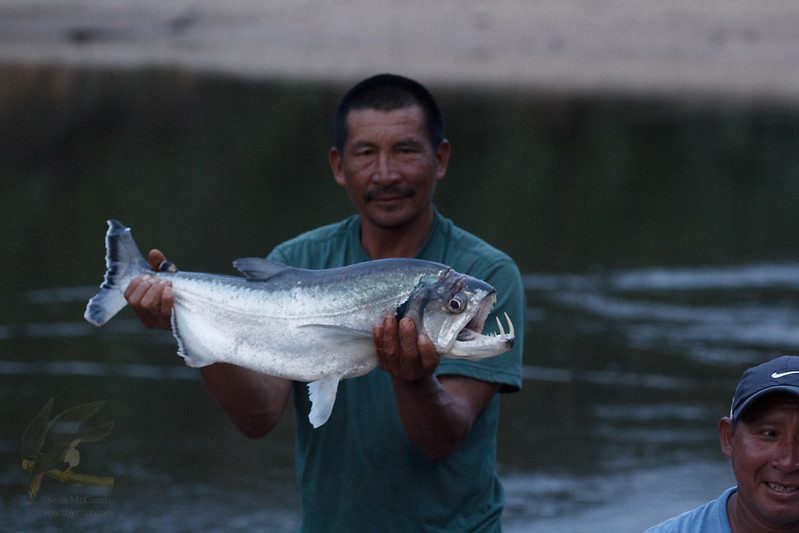
🔍 Unusual and Interesting Facts About the Vampire Fish
What Makes the Payara Truly Unique?
- Socketed Skull: The upper jaw has special holes where the lower fangs fit, preventing self-injury when the mouth closes.
- Speed Demon: The Payara can swim at extremely fast speeds to catch prey in fast-flowing waters.
- X-Ray Body: Its translucent body in younger stages reveals bones and internal organs.
- Cannibalistic Tendency: In some observed cases, larger Payara have attacked and consumed smaller ones.
- Jumping Power: In the wild, Payara have been seen leaping several feet out of the water while chasing prey or escaping predators.
🧭 How to Fish for a Vampire Fish
Techniques Used by Anglers
Catching a Payara in the wild is a high-adrenaline experience. It’s considered a trophy catch by sport fishers in South America.
Tips for Fishing Payara:
- Use large, shiny lures that mimic prey fish
- Fish near rapids or fast-moving water
- Be prepared for strong, prolonged fights
Payara are not suitable for catch-and-release in all cases, as stress and hook injuries may fatally wound them. Ethical fishing practices are advised.
🧪 Current Research & Conservation
Are Vampire Fish Endangered?
As of now, Payara are not classified as endangered. However, habitat destruction and overfishing in parts of the Amazon have raised concerns among conservationists.
Ongoing Research Areas:
- Behavior in captive environments
- Breeding in aquaculture
- River ecosystem impacts of commercial fishing
Scientists are exploring ways to breed Payara in captivity to reduce the need for wild captures, which could help preserve natural populations.
🛑 Misconceptions and Myths
Common Myths About the Vampire Fish
- “They suck blood” – False. Despite the name, Payara are not bloodsuckers; they eat other fish.
- “They attack humans” – False. There are no verified reports of Payara attacking people.
- “They are related to vampires” – Obviously a myth. The name only references their toothy appearance.
The mythos around the Payara adds to its intrigue, but it’s a natural predator, not a supernatural one.
🔄 Vampire Fish vs. Similar Predators
How Does the Payara Compare?
| Fish | Size | Fangs | Aggression | Aquarium Suitability |
|---|---|---|---|---|
| Payara | Up to 4 ft | 2 long fangs | High | Low (Advanced only) |
| Tiger Fish | Up to 3 ft | Many sharp teeth | High | Moderate |
| Piranha | 6–12 in | Rows of sharp teeth | Medium | High (for one species) |
The Payara stands out due to the unique positioning and size of its fangs.
📌 Summary
The Payara vampire fish is a biological marvel with an intimidating look and fascinating behavior. Whether you’re an angler, aquarist, gamer, or just curious about nature’s strangest creatures, the Vampire Fish offers no shortage of intrigue.
Key Takeaways:
- Native to South America’s Amazon and Orinoco rivers
- Famous for its long vampire-like fangs
- Not dangerous to humans, but aggressive toward other fish
- Requires large aquariums and expert-level care
- Featured in popular culture and video games

